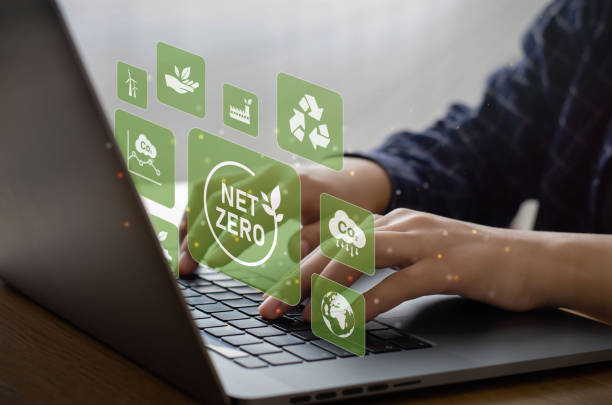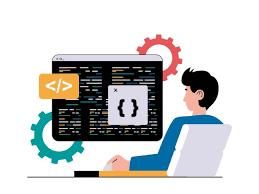.png)
.png)
eCommerce App Development
eCommerce App Development
Developing an eCommerce app involves a series of strategic, design, and technical considerations to create a mobile application that offers a seamless and engaging shopping experience. Here’s a step-by-step guide to the process of eCommerce app development, including key features, technologies, and best practices.
1. Market Research and Planning
- Identify Your Audience: Understand who your customers are, their needs, preferences, and shopping behavior.
- Analyze Competitors: Look at what your competitors are doing, what works for them, and areas where your app can stand out.
- Define USP: Clearly define your Unique Selling Proposition (USP) to differentiate your app from competitors.
2. Design Considerations
- User-Centric Design: Focus on creating a user-friendly interface. Navigation should be intuitive, and the app should be easy to use.
- Mobile UI/UX Best Practices: Ensure your design is responsive and adheres to mobile UX best practices, including minimalistic design, readability, and ease of navigation.
- Prototyping: Use wireframes and prototypes to visualize the design and flow of your app. Tools like Sketch, Adobe XD, and Figma can be used for creating prototypes.
3. Key Features to Implement
- User Registration and Profiles: Enable easy registration or login through social media or email to personalize the user experience.
- Product Listings: Create detailed product pages with high-quality images, descriptions, and prices.
- Search and Filter: Implement a robust search functionality with filters to help users find products easily.
- Shopping Cart and Checkout: Design a smooth checkout process with multiple payment options (credit cards, PayPal, digital wallets, etc.).
- Order Tracking: Provide users with real-time updates on the status of their orders.
- Customer Support: Include options for customer support, such as live chat, email, or a helpline.
- Reviews and Ratings: Allow customers to review products and rate their shopping experience.
4. Technology Stack
- Mobile Platform: Decide whether you’re building a native app (iOS using Swift/Objective-C, Android using Kotlin/Java) or a cross-platform app using frameworks like React Native or Flutter.
- Backend Development: Choose a reliable backend solution (Node.js, Ruby on Rails, Python/Django) for managing database operations, user authentication, and server-side logic.
- Database: Select a database that meets your requirements (MySQL, MongoDB, PostgreSQL).
- Payment Gateway Integration: Integrate multiple payment gateways (Stripe, PayPal, Braintree) to offer flexibility in payments.
- Analytics: Implement analytics to track user behavior, app performance, and other KPIs using tools like Google Analytics or Firebase.
5. Development and Testing
- Agile Development Process: Adopt an agile development methodology, allowing for iterative development, continuous feedback, and flexibility.
- Quality Assurance: Conduct thorough testing (unit testing, integration testing, and user acceptance testing) to ensure the app is bug-free and performs well under various conditions.
- Security Measures: Implement strong security protocols to protect user data and transactions (SSL/TLS, data encryption, secure API calls).
6. Launch and Marketing
- App Store Optimization (ASO): Optimize your app’s listing for the App Store and Google Play to improve visibility.
- Marketing Campaign: Develop a marketing campaign using social media, email marketing, influencer partnerships, and other strategies to generate buzz around your app.
- Feedback Loop: After launch, gather user feedback to identify areas for improvement and continuously update your app based on user suggestions and market trends.
7. Maintenance and Updates
- Regularly update the app with new features, design updates, and security enhancements to keep the user experience fresh and engaging.
Developing an eCommerce app is a continuous process that doesn’t end at launch. It requires ongoing effort to enhance features, improve user experience, and adapt to changing market trends and technologies.




